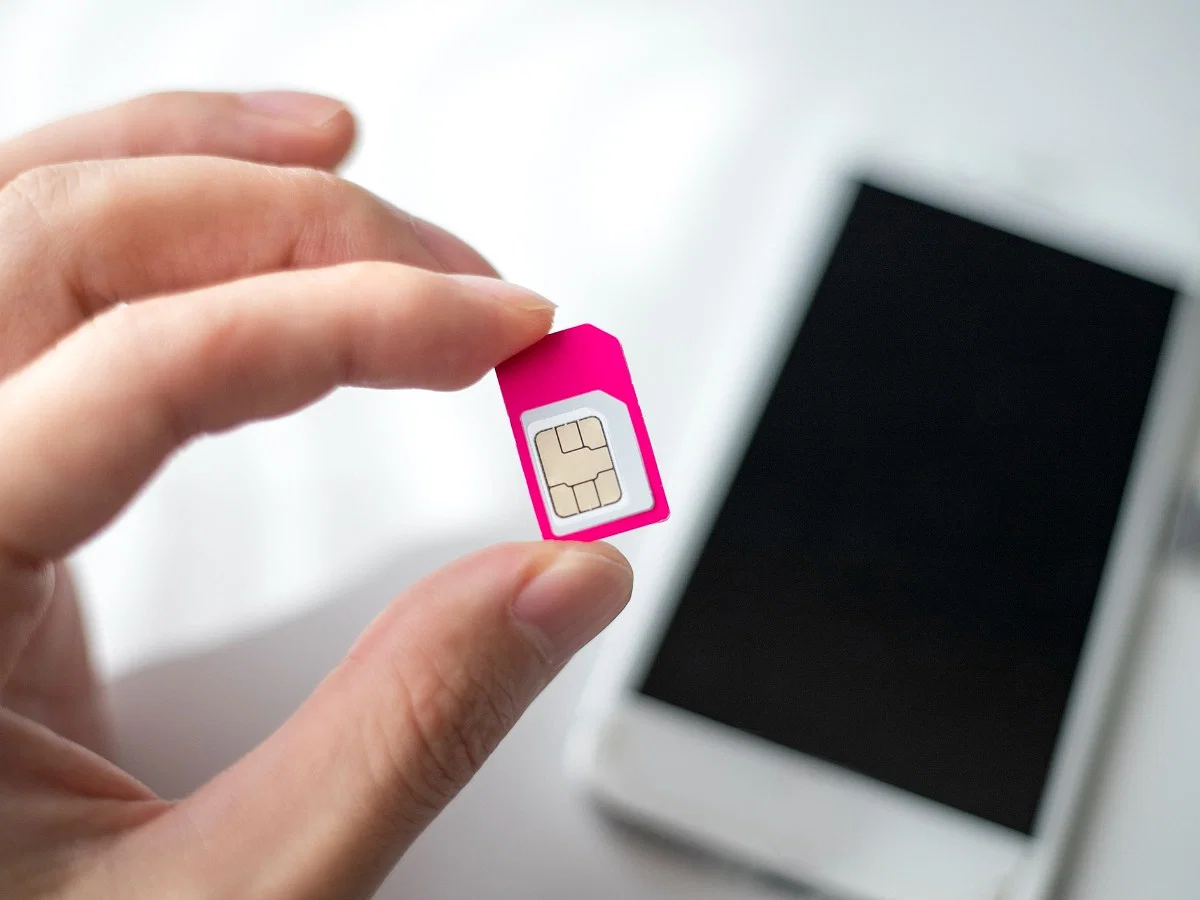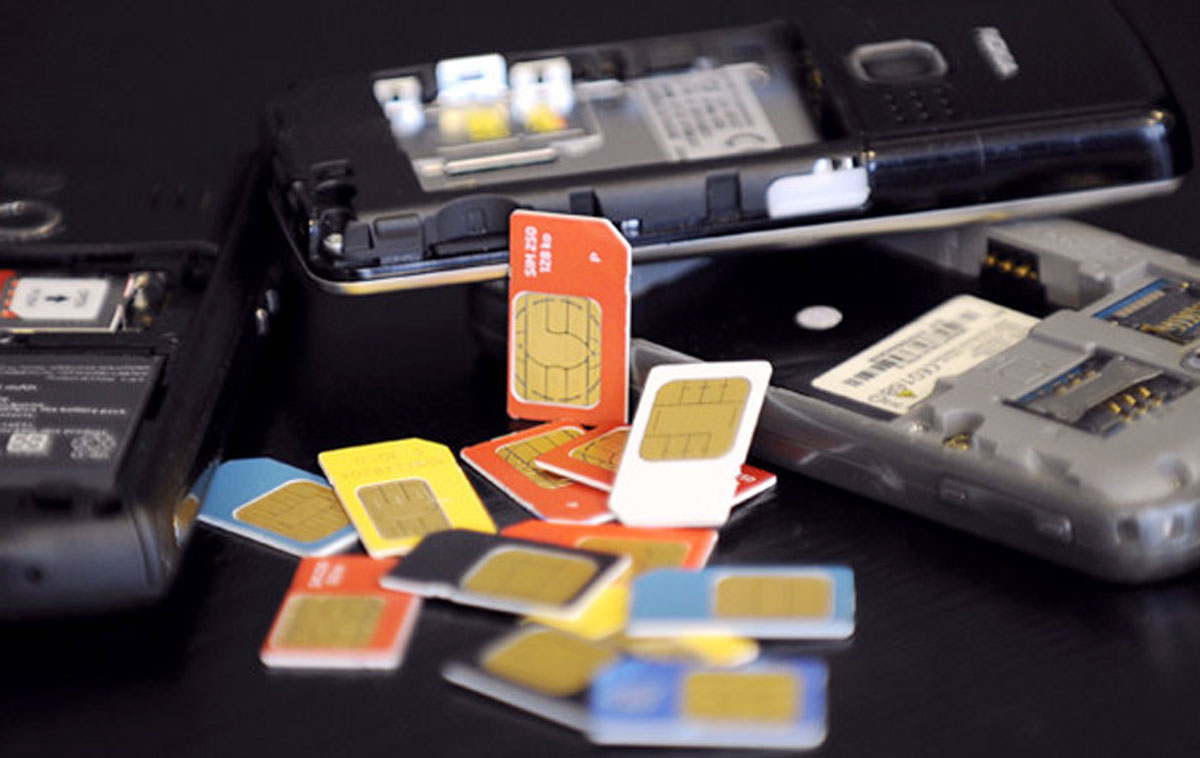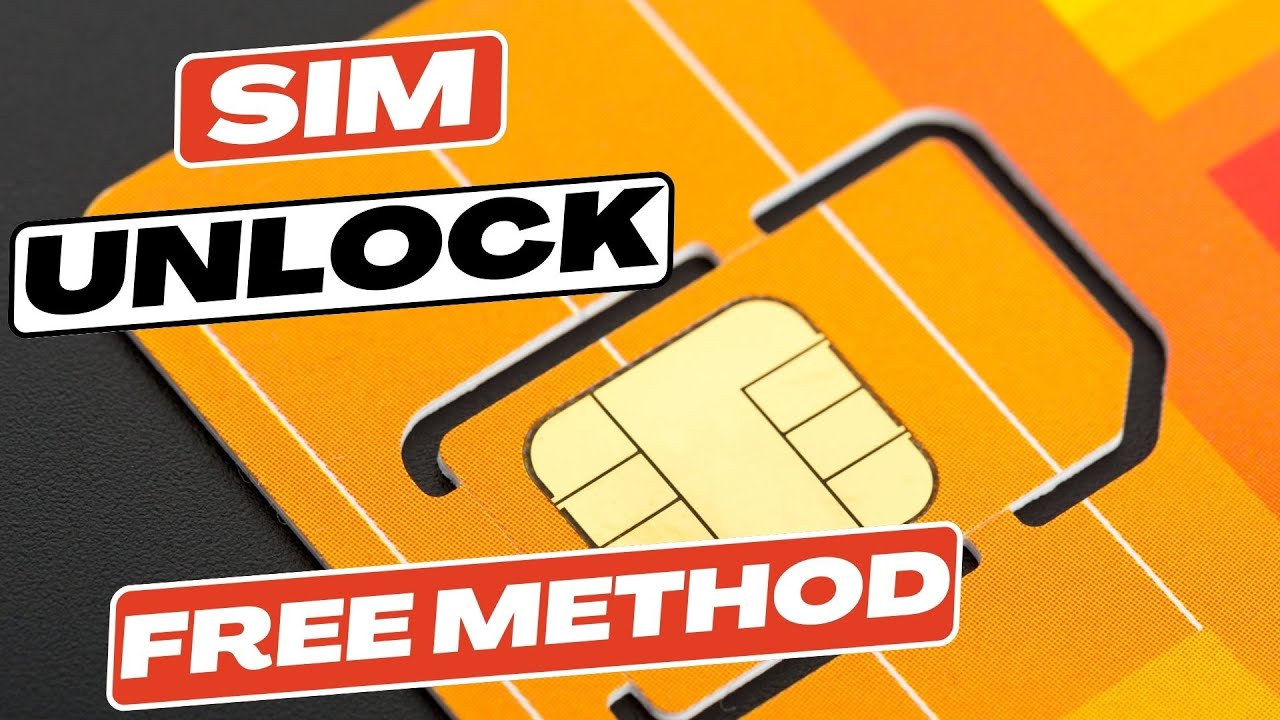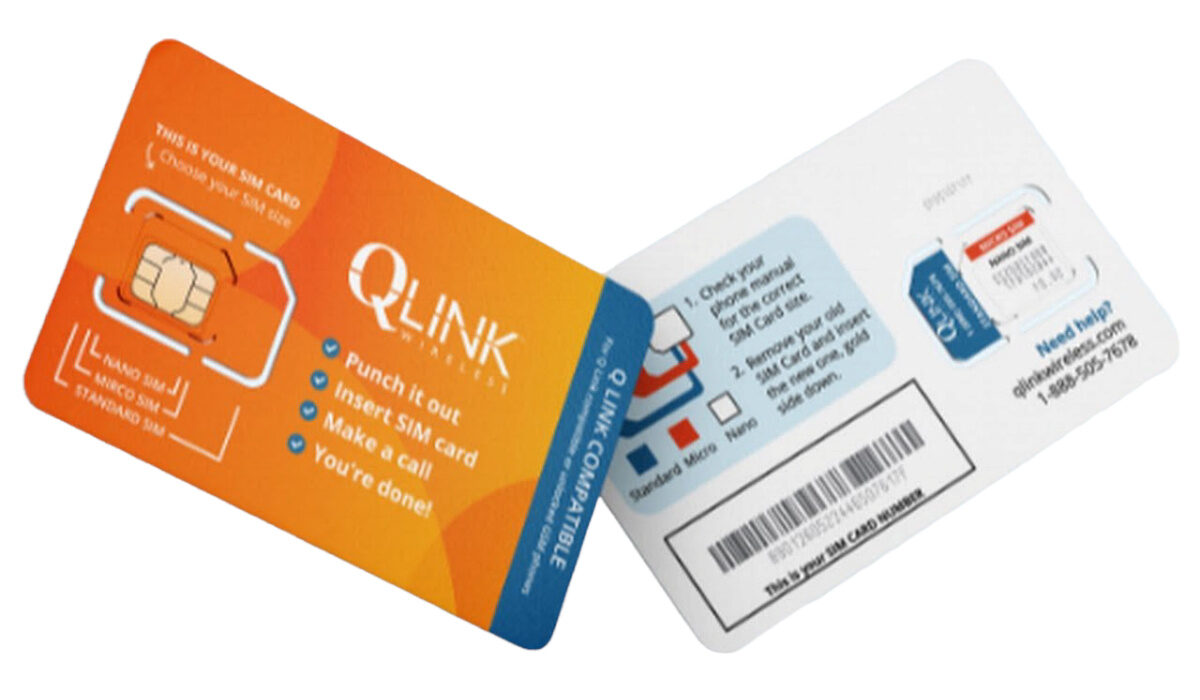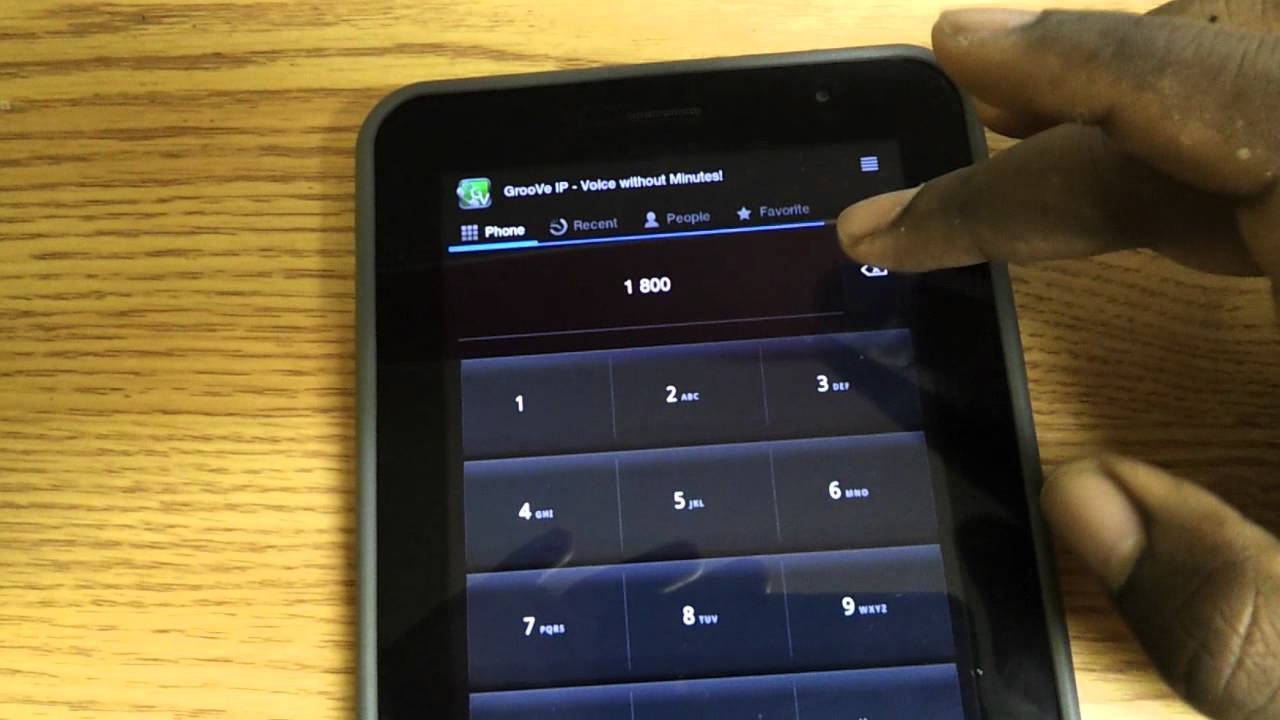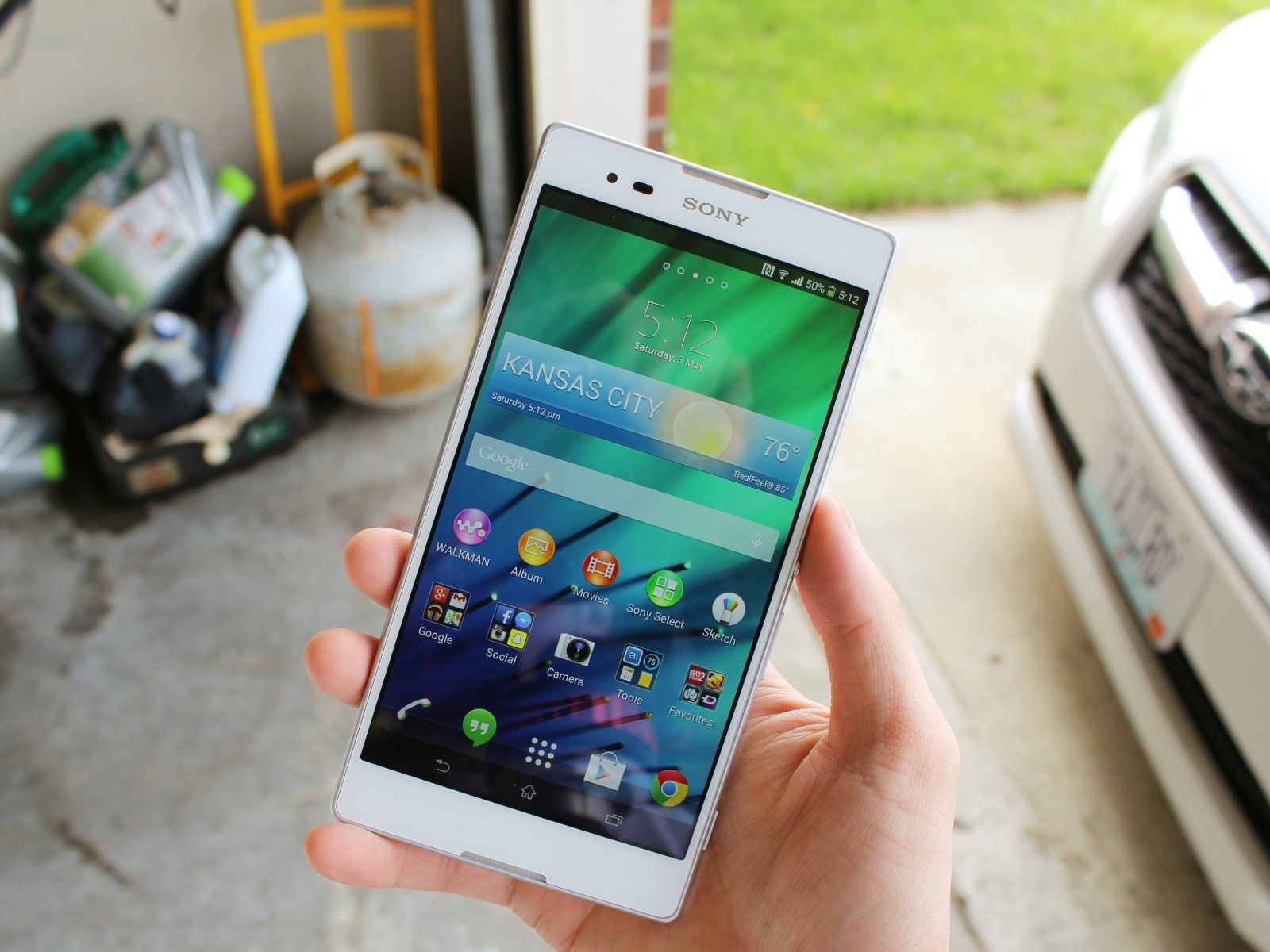Researching Different Providers
When obtaining a new SIM card, researching different providers is a crucial step in ensuring that you select the most suitable plan for your needs. With a multitude of mobile network operators vying for your attention, it's essential to delve into the offerings of various providers to make an informed decision. Here are some key points to consider when researching different providers:
-
Coverage and Reliability: Begin by assessing the coverage and reliability of each provider in the areas where you will primarily use your phone. Whether you're in a bustling city or a rural area, it's imperative to choose a provider with a strong network presence in your frequented locations.
-
Data, Call, and Text Plans: Delve into the specifics of the data, call, and text plans offered by different providers. Consider your typical usage patterns and opt for a plan that aligns with your communication needs. Some providers offer unlimited data, while others focus on flexible pay-as-you-go options. Understanding your usage habits will help you identify the most cost-effective plan.
-
Customer Service and Support: Evaluate the customer service and support provided by each network operator. In the event of technical issues or queries about your plan, responsive and helpful customer support can make a significant difference in your overall experience.
-
Additional Features and Benefits: Look beyond the basic offerings and explore the additional features and benefits provided by each provider. This could include perks such as international roaming, entertainment subscriptions, or loyalty rewards. Identifying these supplementary offerings can add value to your plan.
-
User Reviews and Recommendations: Take advantage of user reviews and recommendations to gain insights into the real-world experiences of customers with each provider. Platforms such as social media, review websites, and forums can offer valuable perspectives on the quality of service and overall satisfaction levels.
By thoroughly researching different providers based on these factors, you can make an informed decision when obtaining a new SIM card. This proactive approach ensures that your chosen provider aligns with your requirements, providing a seamless and satisfactory mobile experience.
Understanding Different SIM Card Sizes
When obtaining a new SIM card, understanding the different sizes available is essential to ensure compatibility with your device. Over the years, SIM cards have evolved in size to accommodate advancements in mobile technology. It's crucial to familiarize yourself with the various SIM card sizes to avoid any inconvenience when activating your new plan. Here's a comprehensive overview of the different SIM card sizes:
-
Standard SIM (Mini-SIM):
- The standard SIM, also known as the Mini-SIM, was the first widely used form factor. Measuring 25mm x 15mm, this SIM card size was prevalent in earlier mobile devices. While it is less commonly used today, some older phones and certain IoT devices may still require a standard SIM.
-
Micro-SIM:
- As mobile devices became more compact, the need for smaller SIM cards arose, leading to the introduction of the Micro-SIM. Measuring 15mm x 12mm, the Micro-SIM gained popularity in smartphones and tablets. While newer devices rarely use this size, it's important to be aware of its existence when considering older devices or specialized equipment.
-
Nano-SIM:
- The Nano-SIM, measuring a mere 12.3mm x 8.8mm, is the current standard for most modern smartphones, including popular models from leading manufacturers. Its diminutive size allows for more internal space within devices, contributing to sleeker designs and enhanced functionality.
-
eSIM:
- The eSIM, or embedded SIM, represents a revolutionary shift in SIM card technology. Unlike traditional physical SIM cards, the eSIM is embedded directly into the device, eliminating the need for a physical card. This digital SIM can be programmed and reprogrammed over the air, offering unparalleled flexibility and convenience.
Understanding the different SIM card sizes is crucial when obtaining a new SIM card, as it ensures that the card is compatible with your specific device. While most modern smartphones utilize Nano-SIM cards, it's important to verify the required size before acquiring a new plan. By familiarizing yourself with these variations, you can seamlessly transition to a new SIM card without encountering compatibility issues.
Checking Network Coverage
When obtaining a new SIM card, one of the pivotal factors to consider is the network coverage provided by the mobile operator. The extent and reliability of network coverage directly impact your ability to make calls, send messages, and access data services without interruptions. Here's an in-depth exploration of the importance of checking network coverage and the steps to ensure comprehensive connectivity:
Importance of Network Coverage
Robust network coverage is fundamental for seamless communication and uninterrupted connectivity. Whether you are in urban areas, rural landscapes, or on the move, reliable network coverage ensures that you can stay connected at all times. It also influences the quality of voice calls, the speed of data transfers, and the overall user experience. By evaluating network coverage, you can mitigate the risk of encountering dead zones or areas with poor signal strength, thereby enhancing your mobile communication reliability.
Steps to Assess Network Coverage
-
Coverage Maps: Mobile operators typically provide coverage maps on their websites, offering a visual representation of the areas where their network extends. These maps indicate signal strength, 4G/LTE availability, and specific coverage details for different regions. By consulting these maps, you can gauge the expected coverage at your primary locations.
-
User Reviews: Engage with user reviews and forums to gain insights into the real-world experiences of customers with regard to network coverage. This firsthand information can provide valuable perspectives on the consistency and reliability of the network, helping you make an informed decision.
-
Field Testing: Before committing to a new plan, conduct field tests by inserting a friend's or family member's SIM card from the same network into your device. This allows you to assess the signal strength and data speed in the areas where you frequently use your phone.
-
Network Trials: Some operators offer trial periods for their services, enabling you to experience the network coverage firsthand before making a long-term commitment. Utilize these trial periods to evaluate the coverage at your typical locations and assess the overall performance of the network.
Considerations for Specific Scenarios
- Traveling: If you frequently travel to different regions or countries, consider the international roaming capabilities of the network to ensure seamless connectivity abroad.
- Remote Areas: For individuals residing in or frequently visiting remote areas, verifying the coverage in these locations is particularly crucial to avoid potential communication disruptions.
By meticulously evaluating network coverage through the aforementioned steps, you can make an informed decision when obtaining a new SIM card, ensuring that the selected operator provides comprehensive and reliable network coverage tailored to your specific needs.
Comparing Prepaid and Postpaid Plans
When obtaining a new SIM card, it's essential to weigh the advantages and limitations of prepaid and postpaid plans to determine the most suitable option for your communication needs. Both prepaid and postpaid plans offer distinct features, catering to different usage patterns and preferences. By delving into the intricacies of each plan type, you can make an informed decision aligned with your financial considerations and usage requirements.
Prepaid Plans
Prepaid plans provide a flexible and budget-friendly approach to mobile services. With prepaid plans, users have the autonomy to control their expenses by purchasing a specific amount of credit in advance. This pay-as-you-go model offers several compelling benefits, including:
-
Cost Control: Prepaid plans empower users to manage their expenses effectively by allowing them to allocate a predetermined budget for their mobile services. This is particularly advantageous for individuals seeking to exercise strict control over their monthly expenditure.
-
No Contracts or Credit Checks: Unlike postpaid plans, prepaid options typically do not entail lengthy contracts or credit checks. This makes prepaid plans accessible to a wider audience, including individuals with varying credit histories or those seeking a commitment-free mobile solution.
-
Flexibility: Prepaid plans offer unparalleled flexibility, allowing users to switch between different plans or providers without being bound by contractual obligations. This flexibility enables users to adapt their mobile services in accordance with their evolving needs and usage patterns.
Postpaid Plans
Postpaid plans, on the other hand, offer a comprehensive and feature-rich mobile experience with the convenience of monthly billing. These plans are characterized by the following attributes:
-
Enhanced Features: Postpaid plans often encompass a broader array of features compared to prepaid options, including generous data allowances, international roaming capabilities, and additional perks such as entertainment subscriptions or device upgrade options.
-
Convenience: With postpaid plans, users benefit from the convenience of uninterrupted service, as the monthly billing cycle ensures continuous access to mobile services without the need to manually top up credit. This seamless experience is particularly appealing to individuals seeking hassle-free connectivity.
-
Credit Facilities: Postpaid plans may offer the opportunity to acquire premium devices through installment plans or subsidized pricing, allowing users to access the latest smartphones without an immediate upfront payment.
By comprehensively comparing the attributes of prepaid and postpaid plans, individuals can align their choice with their financial preferences, usage habits, and the level of flexibility they desire in managing their mobile services. Whether prioritizing cost control and flexibility with a prepaid plan or seeking enhanced features and convenience with a postpaid plan, understanding the nuances of each option is pivotal in making an informed decision when obtaining a new SIM card.
Understanding Activation Process
The activation process for a new SIM card is a pivotal step that ensures seamless integration with your device and enables access to the chosen mobile network's services. Understanding the intricacies of the activation process is crucial for a hassle-free transition to a new plan. Here's a comprehensive exploration of the activation process, encompassing the essential steps and considerations involved.
Essential Steps for Activation
-
SIM Card Insertion: Upon acquiring a new SIM card, the initial step involves inserting the card into the designated SIM card slot on your device. Depending on the device model, this slot may be located on the side, top, or rear panel. Carefully align the SIM card according to the provided instructions to ensure proper insertion.
-
Powering On the Device: Subsequent to inserting the SIM card, power on your device to initiate the activation process. The device will recognize the newly inserted SIM card and prompt you to proceed with the activation steps.
-
Activation Instructions: Follow the activation instructions provided by your chosen mobile operator. This typically involves dialing a specific number or accessing an online activation portal. The instructions may vary based on the operator's procedures, and it's essential to adhere to the prescribed steps to ensure successful activation.
-
Verification and Confirmation: During the activation process, you may be required to verify certain details such as your personal information, the SIM card's unique identification number (ICCID), and the activation code provided with the SIM card packaging. This verification step is crucial for associating the SIM card with your account and ensuring its seamless integration with the network.
-
Network Registration: Upon successful verification, the SIM card will undergo network registration, enabling it to establish a connection with the mobile operator's network. This pivotal step ensures that the SIM card is recognized as a valid and active component of the network, allowing you to access voice, messaging, and data services.
Considerations and Troubleshooting
-
Activation Timeframe: While the activation process is typically swift, it's important to note that certain network configurations or exceptional circumstances may necessitate additional time for full activation. Patience is key, and in most cases, the activation process is completed within a short timeframe.
-
Network Signal: During the activation process, ensure that your device is within an area with adequate network signal strength. A stable network connection is essential for seamless activation and registration of the SIM card with the network.
-
Assistance and Support: In the event of encountering challenges during the activation process, reach out to the customer support provided by your chosen mobile operator. Responsive assistance from the operator's support team can expedite the resolution of any activation-related issues.
By comprehensively understanding the activation process and adhering to the prescribed steps, individuals can seamlessly integrate a new SIM card with their device, ensuring prompt access to the chosen mobile network's services. This meticulous approach facilitates a smooth transition to a new plan, culminating in an enhanced mobile communication experience.
Transferring Your Number
Transferring your existing phone number to a new SIM card is a pivotal aspect of transitioning to a different mobile network or plan while retaining your familiar contact details. This process, known as number porting, enables you to seamlessly continue using your established phone number without disruption. Here's a comprehensive exploration of the essential considerations and steps involved in transferring your number to a new SIM card:
Understanding Number Porting
Number porting allows you to migrate your current phone number from one mobile network to another, ensuring continuity in your communication channels. This process is particularly beneficial when switching to a new mobile operator or upgrading to a different plan while preserving your existing number. Understanding the nuances of number porting is crucial for a smooth transition and uninterrupted accessibility to your contacts.
Essential Considerations
Before initiating the number porting process, it's imperative to consider the following essential factors:
-
Eligibility: Verify the eligibility criteria for number porting with your current mobile operator and the prospective operator. Certain contractual obligations or outstanding balances may impact your eligibility for number porting.
-
Contractual Obligations: If you are currently bound by a contract with your existing operator, consider the implications of early termination fees or contractual obligations when transferring your number to a new operator.
-
Timing: Plan the timing of the number porting process to minimize potential disruptions in communication. Coordination with the new operator regarding the activation of the new SIM card is crucial to ensure a seamless transition.
Initiating the Number Porting Process
The process of transferring your number to a new SIM card involves the following key steps:
-
Contacting the New Operator: Initiate the number porting process by contacting the customer service of the new mobile operator. Provide your current phone number, account details, and any requisite information requested by the new operator to initiate the porting request.
-
Verification and Authorization: The new operator will initiate the verification process to confirm your identity and ownership of the phone number. Authorization for the number porting request may be required to proceed with the transfer process.
-
Notification to Current Operator: Upon receiving the porting request, the new operator will notify your current operator, triggering the initiation of the number porting process. Your current operator may reach out to confirm the porting request or present retention offers to encourage you to stay with their services.
-
Confirmation and Activation: Once the number porting process is completed, you will receive confirmation from the new operator regarding the successful transfer of your phone number to the new SIM card. At this stage, you can activate the new SIM card and commence using your existing phone number on the new network.
Post-Porting Considerations
After the successful transfer of your number to the new SIM card, it's essential to consider the following post-porting aspects:
-
Testing and Verification: Verify the functionality of your new SIM card by making test calls, sending messages, and accessing data services to ensure that the number porting process has been executed seamlessly.
-
Discontinuation of Old Service: Once the number porting process is confirmed, your previous SIM card and associated services with the old operator will be deactivated. Ensure that you have transferred any essential contacts, messages, or data from the old SIM card to the new one before discontinuing the old service.
By comprehensively understanding the intricacies of transferring your number to a new SIM card and meticulously adhering to the prescribed steps, you can seamlessly transition to a new mobile network or plan while retaining your established phone number. This meticulous approach ensures uninterrupted accessibility to your contacts and communication channels, culminating in a seamless and enhanced mobile communication experience.
Securing Your SIM Card
Ensuring the security of your SIM card is paramount to safeguarding your personal data, communication channels, and mobile services from unauthorized access and potential threats. By implementing proactive measures to secure your SIM card, you can fortify the integrity of your mobile communication and mitigate the risk of privacy breaches or misuse. Here's a comprehensive exploration of the essential strategies and considerations for securing your SIM card:
PIN Protection
Enabling the Personal Identification Number (PIN) feature on your SIM card serves as a fundamental layer of security. This four to eight-digit code acts as a barrier against unauthorized usage of the SIM card. Upon powering on your device, the PIN prompt ensures that only individuals possessing the correct PIN can access the SIM card's functionalities. It is imperative to set a unique and memorable PIN, distinct from other passwords, to bolster the security of your SIM card.
PUK Code Safeguarding
The Personal Unblocking Key (PUK) code is a vital safety mechanism that comes into play if the PIN is entered incorrectly multiple times, leading to the SIM card being blocked. Safeguarding the PUK code, typically provided by the mobile operator upon acquiring the SIM card, is crucial. Storing the PUK code in a secure location separate from your device and ensuring its accessibility in the event of a PIN-related lockout is essential for maintaining uninterrupted access to your SIM card.
Device Lock Integration
Integrating device lock features, such as fingerprint recognition, facial recognition, or pattern/PIN-based screen locks, further fortifies the security of your SIM card. These mechanisms restrict unauthorized access to your device, complementing the security measures implemented at the SIM card level. By configuring robust device lock settings, you enhance the overall security of your mobile communication ecosystem.
Remote SIM Management
Some mobile operators offer remote SIM management capabilities, allowing users to remotely lock or erase their SIM card in the event of theft, loss, or unauthorized usage. Leveraging these features empowers you to take proactive measures to secure your SIM card and protect your sensitive data in scenarios where physical possession of the device is compromised.
Vigilance Against Phishing and Social Engineering
Remaining vigilant against phishing attempts and social engineering tactics aimed at extracting sensitive information related to your SIM card is crucial. Exercise caution when responding to unsolicited communications requesting SIM card details, PINs, or PUK codes. Verifying the legitimacy of requests from purported representatives of mobile operators can prevent potential security breaches and unauthorized access to your SIM card.
By diligently implementing these strategies and remaining cognizant of potential security threats, you can fortify the security of your SIM card and uphold the integrity of your mobile communication ecosystem. These proactive measures contribute to a heightened sense of privacy, data protection, and peace of mind, ensuring that your SIM card remains shielded from unauthorized access and potential vulnerabilities.







